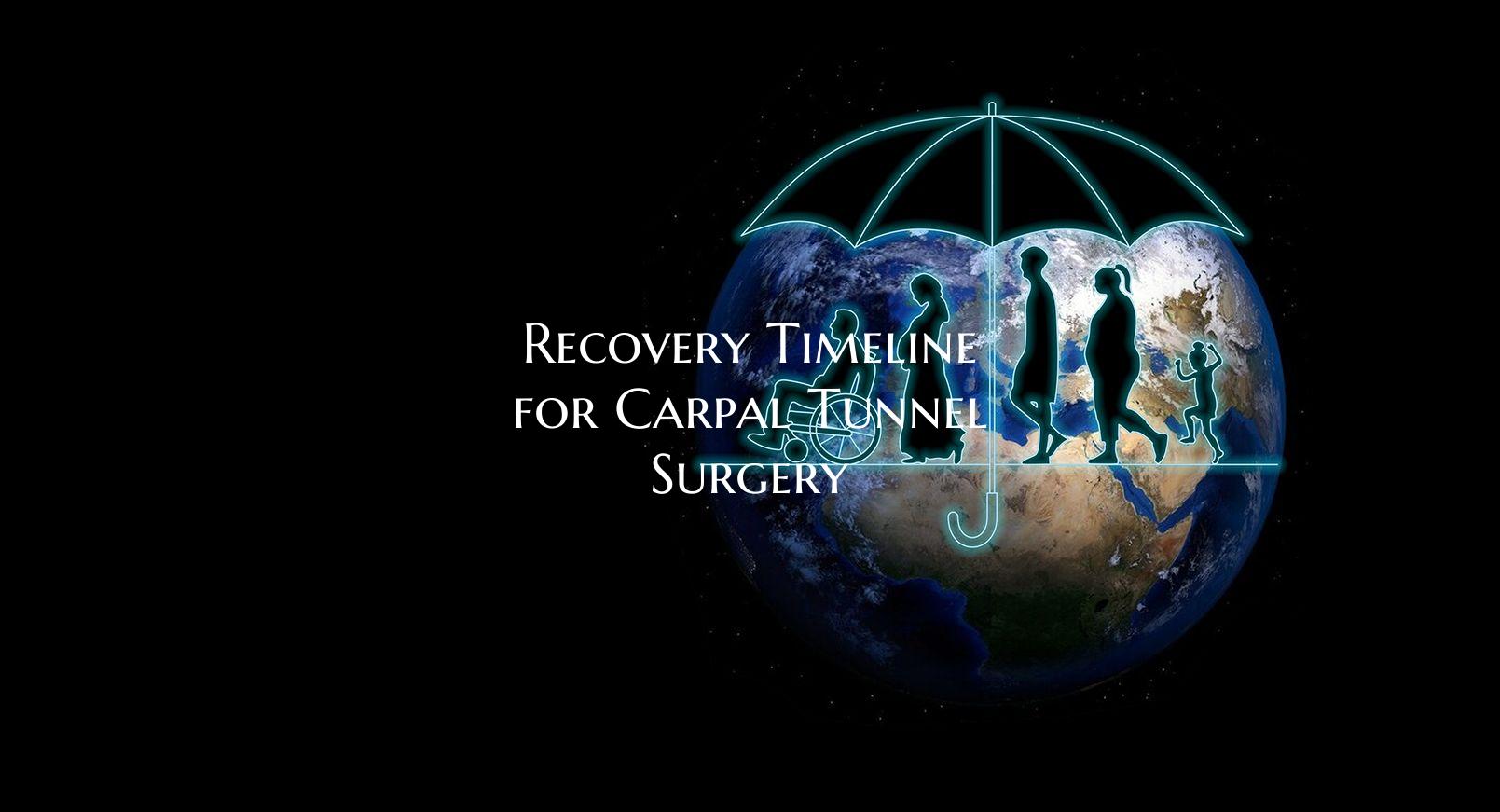
Recovery Timeline for Carpal Tunnel Surgery
Carpal tunnel surgery is a common procedure performed to relieve the symptoms of carpal tunnel syndrome, a condition that causes numbness, tingling, and weakness in the hand and arm due to compression of the median nerve in the wrist. Understanding the recovery timeline for carpal tunnel surgery can help individuals prepare for the post-operative period and set realistic expectations for their recovery.
Immediately following carpal tunnel surgery, patients will typically spend some time in a recovery room under observation before being allowed to go home. Pain and discomfort are common during the first few days after surgery, and patients are usually prescribed pain medication to manage any discomfort. Swelling and bruising around the surgical site are also to be expected.
In the first week after carpal tunnel surgery, it is important to keep the hand elevated and refrain from engaging in any strenuous activities. Patients may be advised to wear a splint or bandage to immobilize the wrist and protect the surgical site. Basic activities of daily living can be resumed gradually, but activities that involve heavy lifting or repetitive hand movements should be avoided.
During the second week of recovery, patients may begin physical therapy or rehabilitation exercises to improve hand strength and flexibility. It is essential to follow the instructions of the healthcare provider or physical therapist to ensure a smooth recovery process. Gradually, patients may start using the hand more for light tasks but should still avoid heavy lifting or overexertion.
By the end of the first month after surgery, most patients experience a significant improvement in symptoms and are able to resume their normal daily activities. However, full recovery from carpal tunnel surgery can take several months, and individual recovery timelines may vary based on factors such as age, overall health, and adherence to post-operative instructions.
It is important for patients to attend follow-up appointments with their healthcare provider to monitor the progress of their recovery and address any concerns or complications that may arise. With proper care, rest, and rehabilitation, the majority of individuals who undergo carpal tunnel surgery can expect a successful outcome and a return to a pain-free and functional hand.